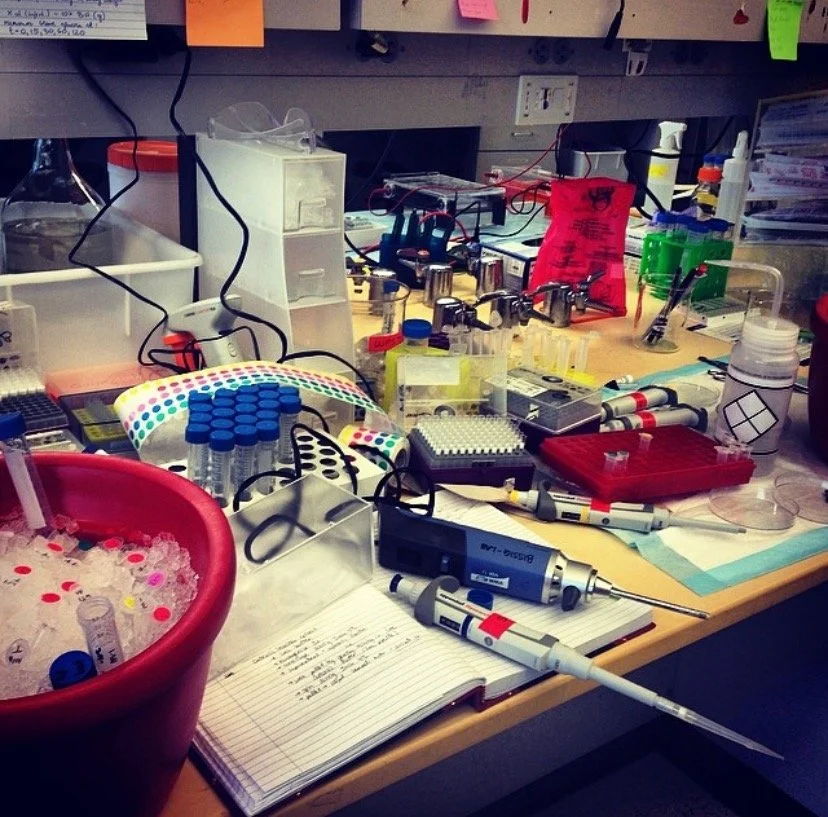December 2024
Happy holidays!
Happy New Year!
As 2024 comes to a close, we at Rise Up: Northeast Ohio want to express our deepest gratitude to everyone who made this year extraordinary. We are closing out our busiest year since we began in 2019! We were able to serve 168 students in our year-long, immersive Life as a Scientist program, provided 5 internships to our Rise Up Scholars, hosted 4 teachers in our STEM Teaching Enrichment program, and served 558 people at our various pop-up events. This could not be accomplished without your support.
To our donors and funders, your generosity and belief in our mission has transformed lives and created real-world opportunities for students in Cleveland. Your support provides the foundation of all that we do.
To our students, your determination, passion, and curiosity inspire us every single day. It’s an honor to work in your classrooms!
To our teachers, thank you for trusting us to come into your classrooms each week, and for the countless hours you invest in shaping brighter futures for our students.
To our volunteers, would committed 700+ hours, your time, energy, and passion have helped us achieve incredible milestones this year. We couldn’t do it without you.
Together, we’ve accomplished so much in 2024, and we’re excited to continue building on this momentum in the new year. Wishing you all a joyful holiday season and a wonderful New Year!
Active lab
Lincoln-West projects
In late November, dozens of scientists from Case Western Reserve University and Cleveland Clinic were able to attend our study section to score grant proposals from Lincoln-West. There were 95 novel and well thought out submissions for the group to discuss. After each grant was scored, we settled on 17 projects to carry out in the seven classes that we serve at Lincoln-West. Our Scientific Officers are now writing detailed experimental protocols for the students to follow (with help from our volunteers). Once these are finished we will begin ordering all of the supplies and equipment need for the students to complete their projects. In this month’s update we’d like to highlight a couple of these projects for you!
Proposal #14: Vapes and Flies
Each year when students are brainstorming experimental topics, there is often a topic that gets brought up in multiple proposals. This year students were very interested in the effects of vape smoke and whether or not it’s a better option than smoking. Many students stated that, due to packaging and marketing, these products appear to be a safer alternative. Soon we will have more data on whether or not this is true!
Vapes and Flies is a project that was funded in Dr. Wordell’s 10th grade biology class. This group will use drosophila melanogaster (fruit flies) to determine the impact of vaporizer smoke on health. Using various behavioral and molecular assays, students will answer some of the following questions:
Do fruit flies like vape smoke?
Does vaporizer smoke impact their movement?
Do young and adult fruit flies have the same response to vape smoke?
How long does it take for flies to respond to vape smoke?
Can tolerance be built up by repeated exposure?
It is known that toxic chemicals and metals have been found in e-cigarettes, so it will be really interesting to see how these impact the flies. This will be the first group to do this type of study on fruit flies!
Proposal #75: Lupus Ants
When writing grant proposals, we encourage the students to sell us on the importance of their research idea. The Lupus Ants project was submitted by a 9th grade student who told a compelling person story about having lupus and dealing with the disease. This project aims to investigate how ants respond to various allergens, including moldy bread, blue cheese, peanuts, and exposure to E. coli. They will investigate behavioral changes in the ants (e.g. movement), and characterize changes in gut health and their immune responses using molecular testing.
Ants do not have an adaptive immune system (i.e. they don’t have immune cells that recognize specific allergens and pathogens). However, tissues in their main body cavity (hemocoel) produce a protein (PGRP-SC2) that recognizes a specific component of the bacterial cell wall called peptidoglycan. They also produce a Gram-negative bacteria binding protein (GNBP1). Students will quantify these genes’ expression with qPCR and western blots. Below you can see a student preparing to run a western blot which is a lab technique that detects specific proteins in a blood or tissue sample.
We will keep you updated on the results of these experiments and highlight more projects as they progress. Follow us on social media for weekly updates!
Caffeine Critters group running a Western blot


